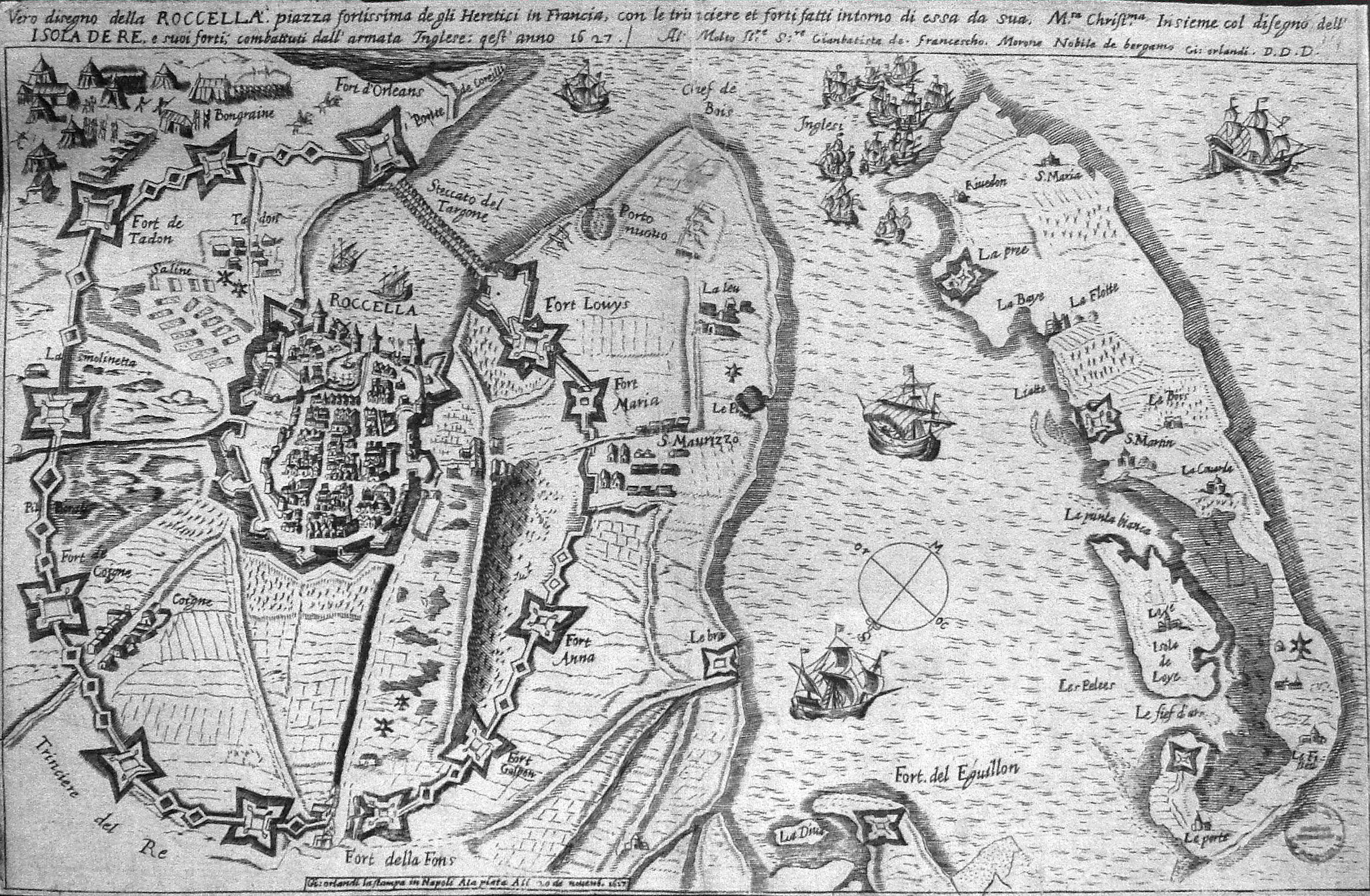Honor+Intrigue House Rule
I want to be able to include army and fleet level military actions in my H+I campaign. This was a feature of the Siege of Bergen op Zoom campaign arc and it is likely to again occur in the current Face of Treason campaign arc that I am running. Barbarians of Lemuria and Honor+Intrigue both use Careers - specifically the Soldier, Mercenary, Sailor, and Pirate Careers as a proxy for generalship or military ability. Savvy or Flair also do and should figure into the capabilities for Army Generals and Flee Admirals. But I'd like to have more variety than simply using Careers and I want some of the qualities to matter when commanding troops.
At a high level I want to include three aspects to commanding troops. First is military ability which includes tactics, strategy, ability to assess the ground or field of battle, create and use surprise, and so forth. Second is leadership which I see as the ability to get men to follow you into battle and for subordinates to execute your orders and the qualities of charisma and natural leadership that effect morale. Third is daring or resolution. This includes the willingness to act without complete information and in the fog of war, to hold a position against the odds, or to charge the enemy. In this time period leaders are still near or at the front, witness the death of Gustavus Adolphus at the Battle of Lützen.
Military Ability (MA)
So for military ability I chose to use the combination of Career and the Savvy.
MA = Career+Savvy *
The relevant careers are Soldier or Mercenary for army combat and Sailor or Pirate for fleet combat.
* -1 if the commander does not possess a relevant Career.
Leadership (L)
One thing I've noticed in reading about French armies in the Early Modern period is that senior and even lower levels of military leadership were frequently provided by or even identical to the nobles of France. This was true even when the noble in question was not the most competent nor even a minimally competent commander. (This problem is by no means limited to the French. The purchase of Army commissions in Britain for example was infamous well into the Enlightenment or later.) So one question is - why did the kings and ministers allow, enable, and even foster this?
One answer is that military rank like most offices were for sale and this was a significant source of revenue to the crown. Another answer is that high social rank was necessary for an army commander to control the tendency of lower ranking officers of higher social ranks to engage in independent action. The army needed a high noble in charge otherwise nobles of a higher social rank would feel entitled and even justified in ignoring the orders and instructions of a general of a lower social rank.
There were two tools that kings and ministers could use to manage this issue. First, a good tactician could be provided as a staff or supporting officer to advise the socially high ranking but militarily not so competent commander. This had mixed success since socially high ranking French nobles were not well known for heeding the advice of their social inferiors and often seemed to have an inflated sense ego and sense of their own importance and competence. (As should be especially obvious of late, this too is not a problem limited to the French.)
A second tool used by the king to manage this problem and to place a good tactician in command armies was to promote that person to the title of Marshal of France. This would give them a sufficiently high social rank to keep all but nobles of the highest social rank, e.g. the Grands, in line.
I'd like to reflect this historical reality. Since I've added Social Rank as a house rule to my campaign that seems like it would make good proxy. But I wanted to limit this to noble rank and not allow things like wealth or holding a church, club, or bureaucratic office that add to Social Rank to effect military Leadership.
L= Modifier for Title + Flair
I created a Title table to list the modifiers.
Daring and Resolution (D)
Daring adds to Leaderhip to Attack with less than Overwhelming odds**, Rally, or Defend against odds. Daring or resolution is the simplest command aspect to model. For this I chose to simply use the H+I Quality of Daring.
D= Daring
** Note the H+I rules section Mass Combat (p 110) lists the following Army Sizes: Not Larger, Moderately Larger, Much Larger, and Overwhelming.
Examples
For examples I'll use three of the player characters in my campaign.
Guy de Bourges (SR 9) is a minor noble who was inducted into the noble Order of the Holy Ghost making him a Chevalier. He has Daring 2, Savvy 3, Flair 3, and no relevant Careers.
- Guy: MA=2 (-1+3), L=3 (0+3), D=2.
Gaston Thibeault (SR 9) is a commoner, his social rank is due to his military rank and post at the Captain-Lieutenant of the Cardinal's Guard. He has Daring 3, Savvy 2, Flair 3, Soldier 3. He has the Boon: Laughs in the Face of Danger which gives him a bonus die for most rolls involving Daring.
- Gaston: MA=5 (3+2), L=0 (-1+1), D=3+
Hippolyte de Bouchard the Foul Corsair is a commoner. He has Daring 2, Savvy -1, Flair 1, Pirate 2.
- Corsair: MA=1 (2-1), L=0 (-1+1), D=2.
I determine NPC Careers as part of the creation process and for nameless or generic leaders I can easily decide how good a Soldier or Sailor they are based on the concept and history of the NPC. But for Leadership and Daring I created a couple of tables for randomly determining L and D for generic NPC commanders.





















